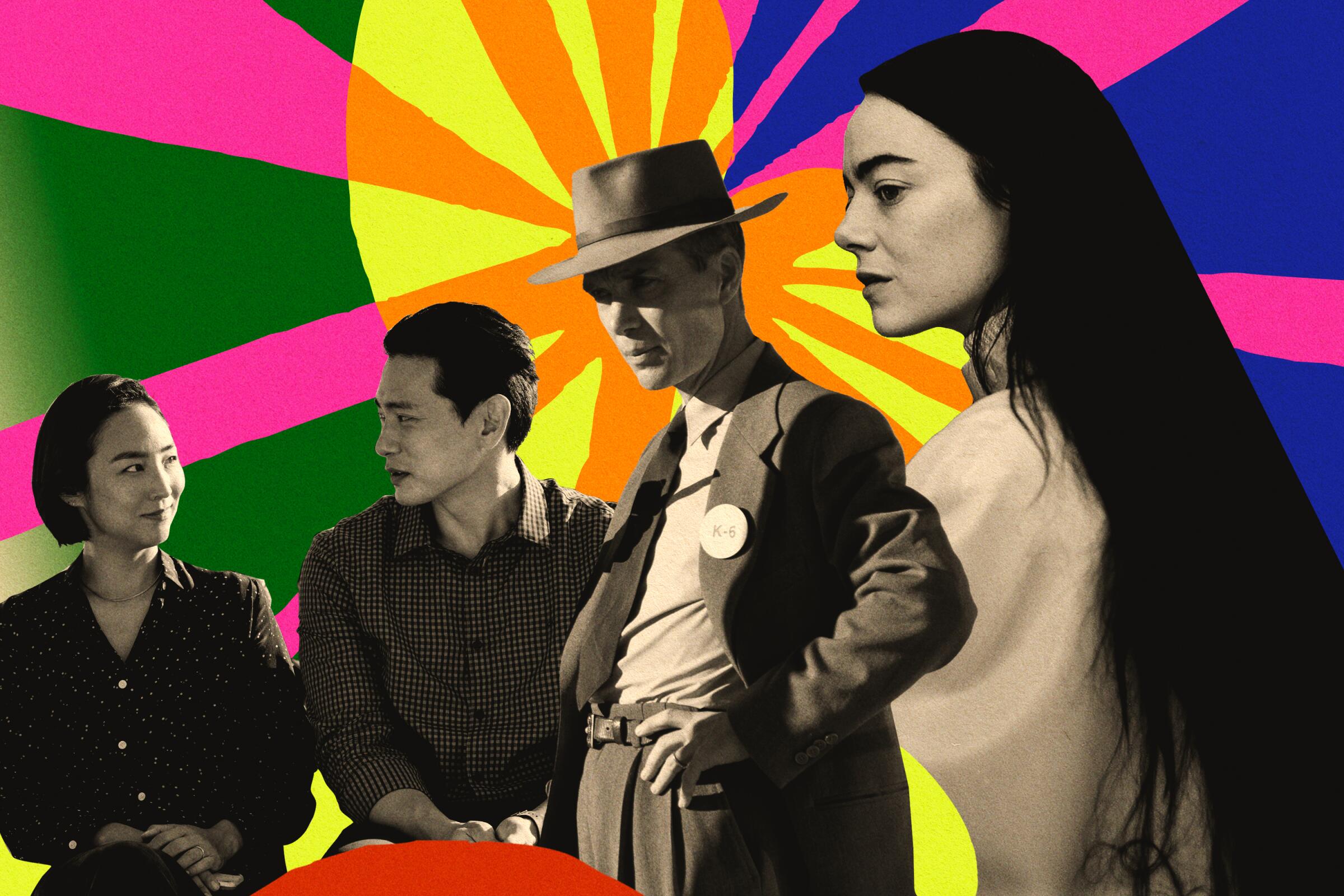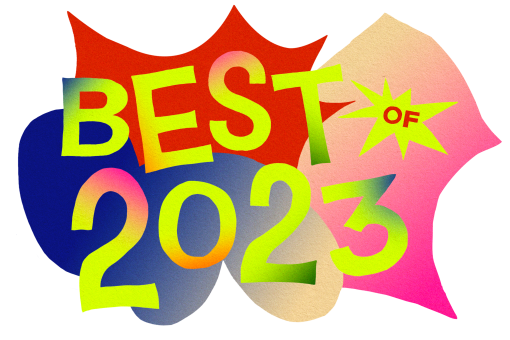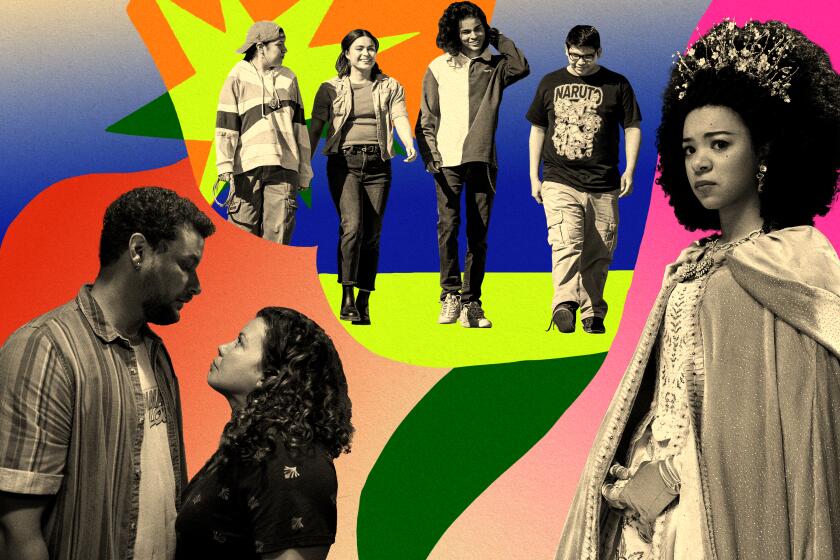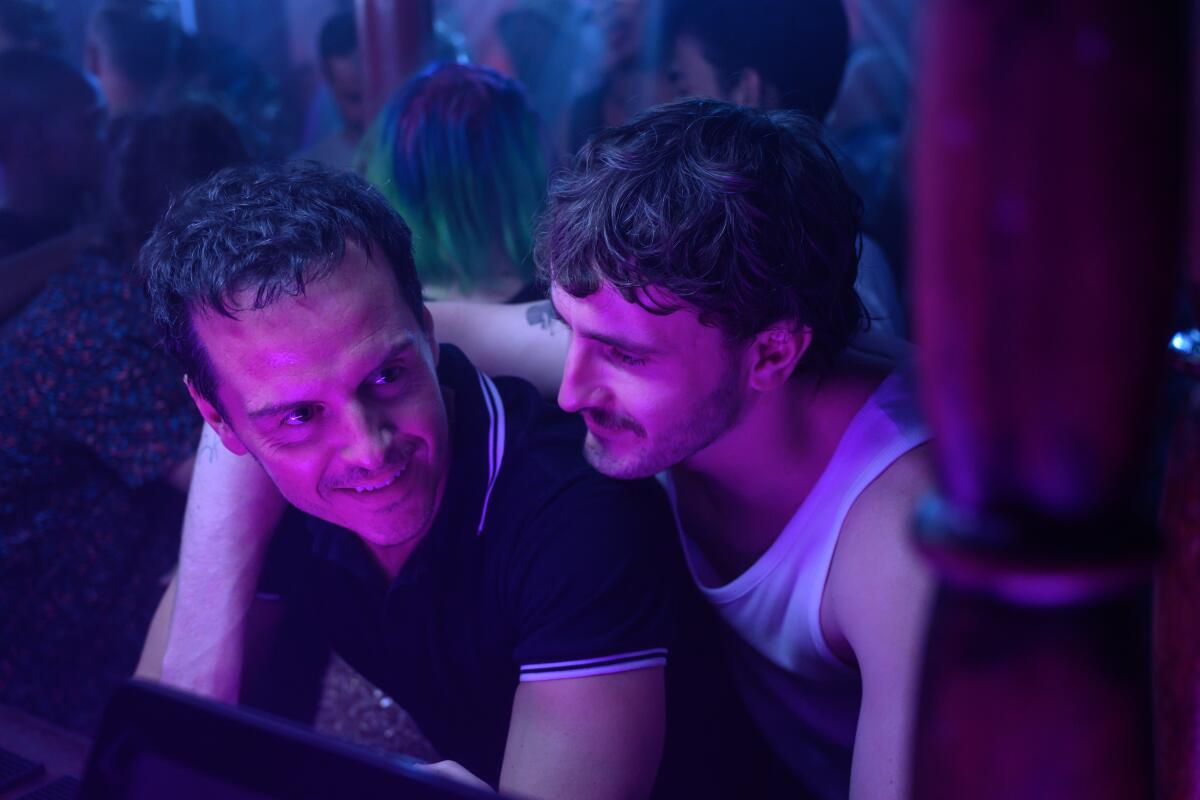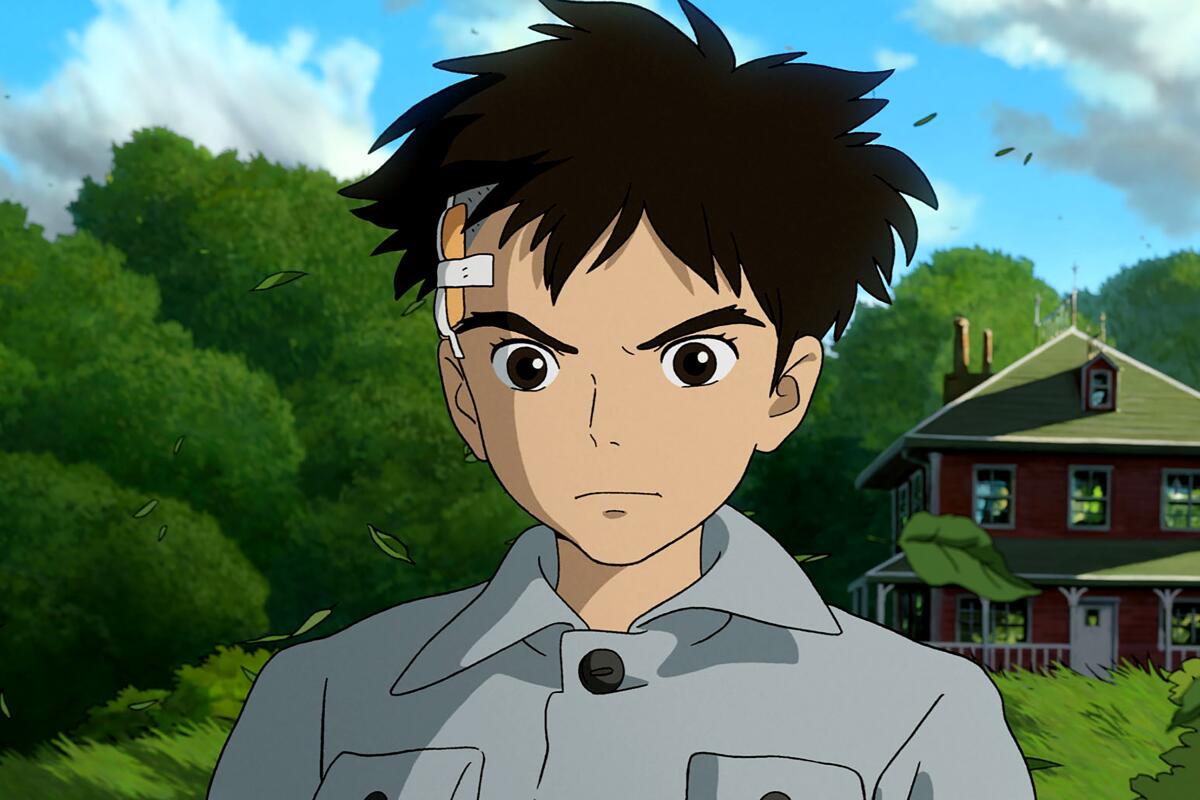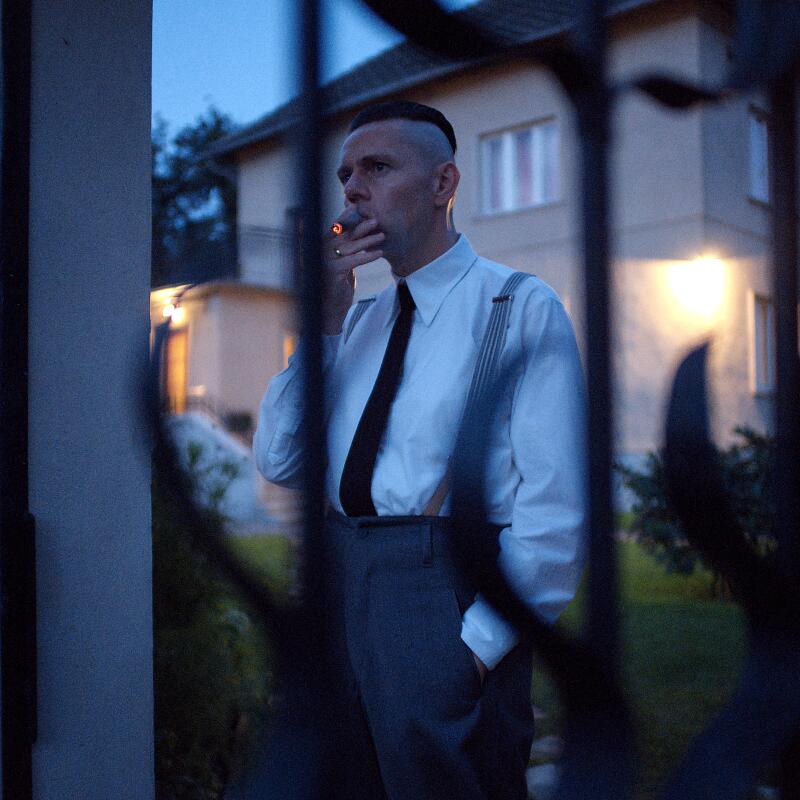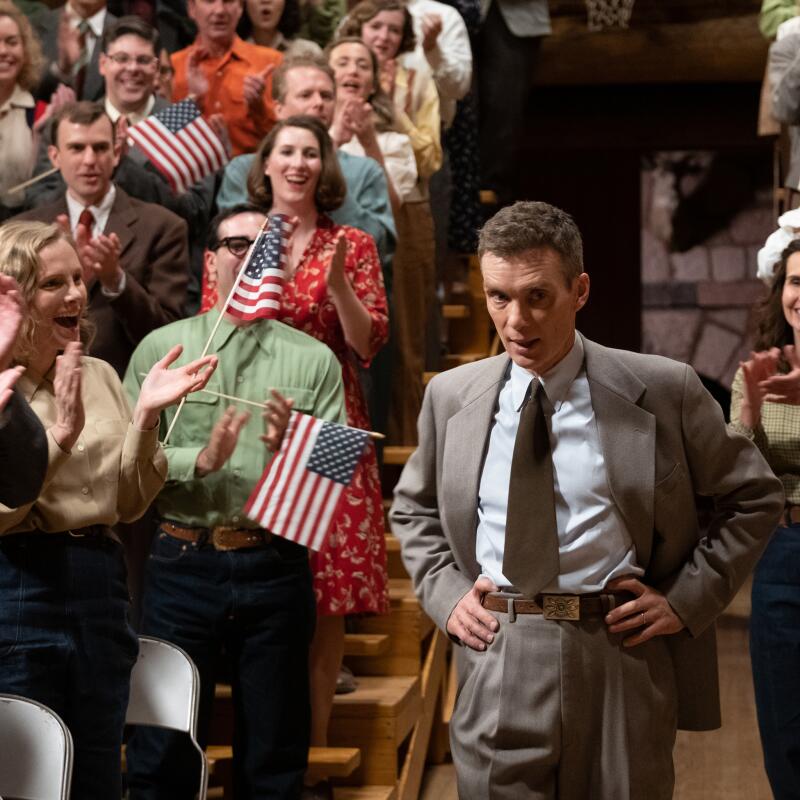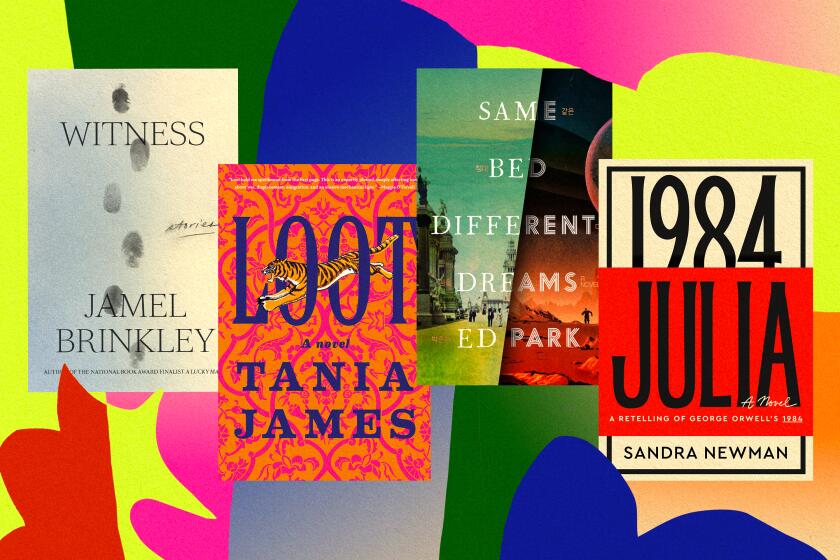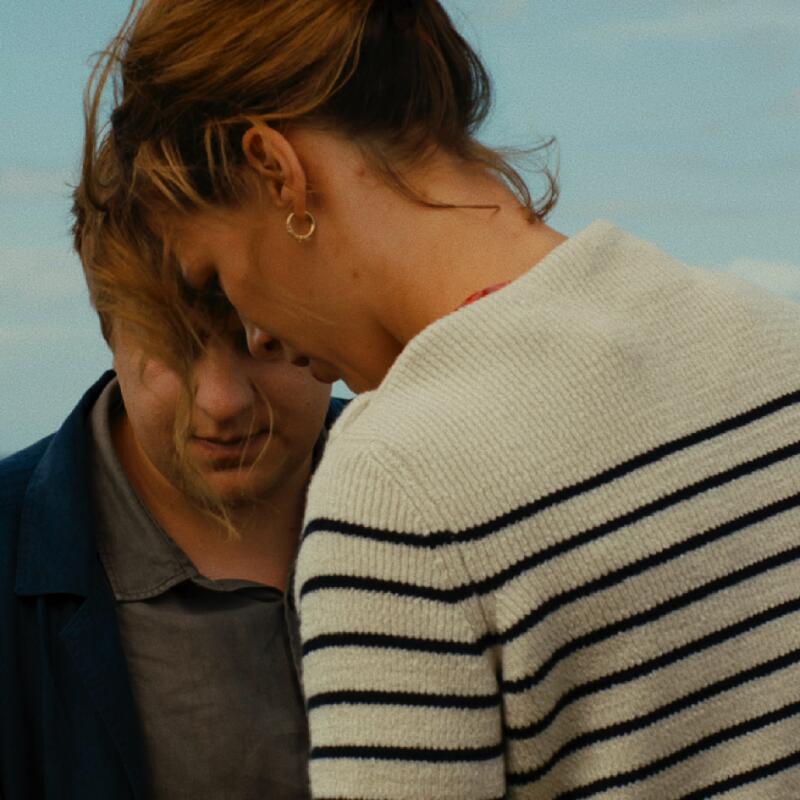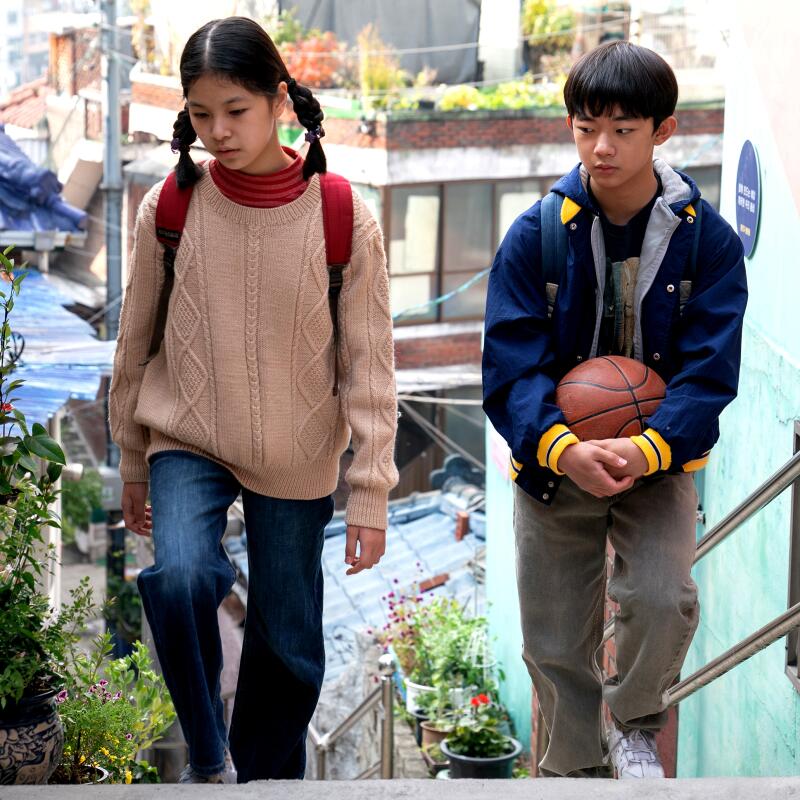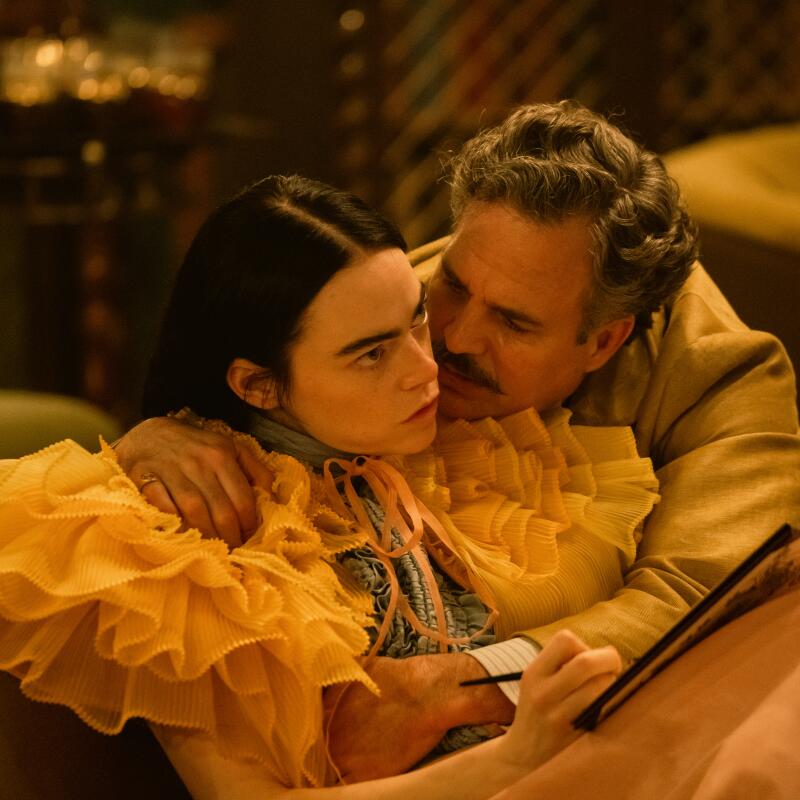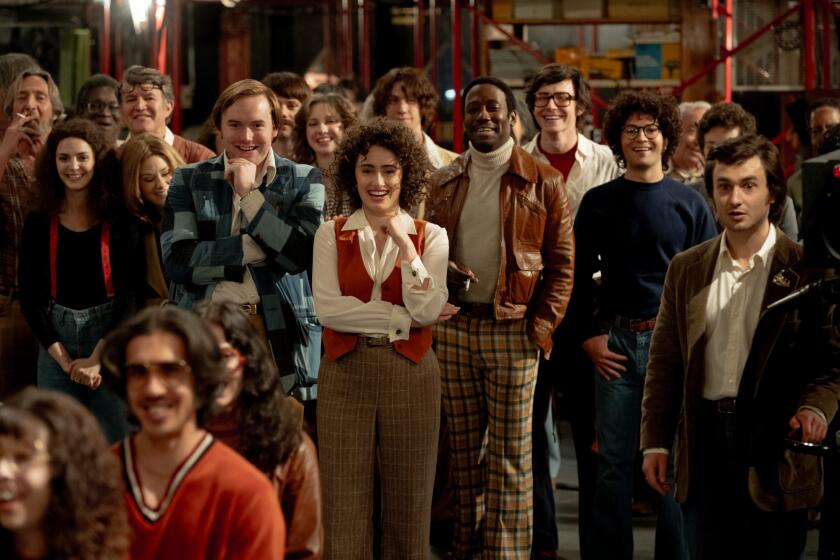No movies wielded a scalpel as fiercely or inventively as these two, though to wildly different ends. Lucien Castaing-Taylor and Véréna Paravel, veteran nonfiction avant-gardists (“Leviathan,” “Caniba”), took us on a truly fantastic voyage in “De Humani Corporis Fabrica,” their tour de force of eye-piercing, prostate-removing endoscopic horror. Greek filmmaker Yorgos Lanthimos, transplanting human and animal parts in all manner of twisted cross-species configurations, turned Alasdair Gray’s novel “Poor Things” into a riotous odyssey through body and soul, as well as an astonishing showcase for Emma Stone at her most deliriously protean.
(“De Humani Corporis Fabrica” is available on Mubi and other platforms. “Poor Things” opens today in theaters.)
And here are 14 honorable mentions. Excessive? Not in a year this good:
“About Dry Grasses” and “Godland”
Two of the year’s most visually and intellectually immersive films, each pitting one very small man against a vast, sprawling landscape.
“All Dirt Roads Taste of Salt” and “Earth Mama”
A highly intelligent way with the camera and a deep, intuitive understanding of Black motherhood and childhood distinguished both of these sterling debut features.
“Anatomy of a Fall” and “A Thousand and One”
Two of the year’s big festival winners (“Anatomy” director Justine Triet took the Palme d’Or at Cannes, while A.V. Rockwell received the grand jury prize at Sundance for “A Thousand and One”) pivot on the same knotty and quiet understanding between a mother and a son — and in the process, push conventional storytelling forms toward their own subversive ends.
“Are You There God? It’s Me, Margaret” and “Tótem”
A young girl’s coming-of-age and her family’s joy and heartache are perfectly observed in both Kelly Fremon Craig’s underappreciated Judy Blume adaptation and Lila Avilés’ haunting work of poetic realism.
“Maestro” and “May December”
Two formally ingenious, finely acted marriage stories from Netflix, each about the deceptions and concessions that lie at the heart of every long-term relationship.
“Menus-Plaisirs — Les Troisgros” and “Our Body”
An unfailingly observant eye distinguishes both Frederick Wiseman’s loving look at the Troisgros culinary empire and Claire Simon’s searing panorama of the struggle for women’s healthcare.
“Pacifiction” and “R.M.N.”
Two hypnotically absorbing, cryptically titled, insidiously damning panoramas of life in, respectively, the sun-drenched island of Tahiti and a snow-bound Transylvanian village, neither of which you’ll be in a hurry to visit afterward.
